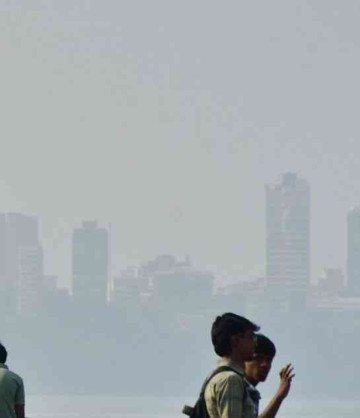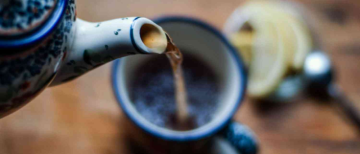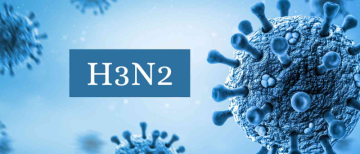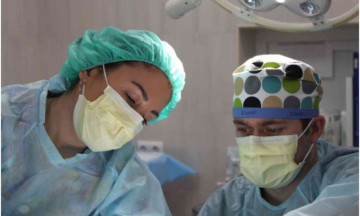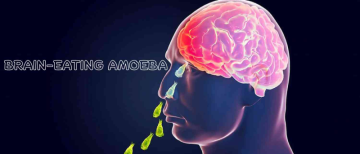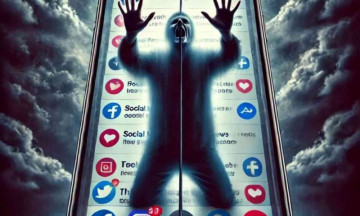Blood sugar control is essential for overall well-being. Although the majority of people are aware of the typical indicators of high blood sugar, such as increased thirst, frequent urination, and exhaustion, there are a number of other symptoms that can also be present. In order to effectively regulate their blood sugar levels, people can take timely action and seek the necessary medical care by recognising these subtle indications. We'll look at a few of these covert indicators of elevated blood sugar in this article.
Increased Appetite and Cravings

Unexpected or ongoing hunger may indicate high blood sugar levels. People may have severe hunger sensations and a strong desire for sugary or high-carbohydrate foods when their blood sugar levels surge. These cravings could exacerbate blood sugar imbalances by encouraging overeating and making it difficult to maintain a healthy diet.
Changes in Weight That Can't Be Explained

Random changes in weight, whether increases or decreases, may signal unstable blood sugar levels. High blood sugar levels can impair the body's capacity to use and store glucose, which can result in weight gain. Conversely, when insulin levels are inadequate or ineffective, the body may break down muscle and fat for energy, leading to weight loss.
Repeated Skin Problems
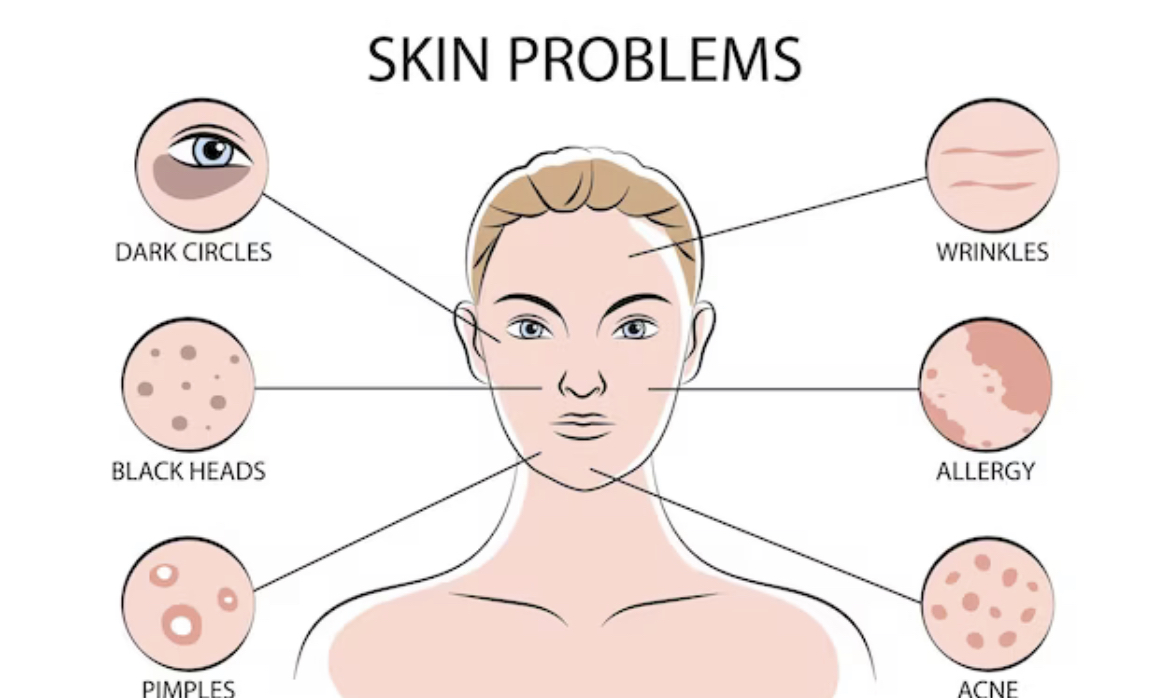
High blood sugar can be linked to skin problems that last or come back often, like redness, itching, or infections. High blood sugar levels can affect blood flow and make it harder for the immune system to fight off infections. This makes people more likely to have skin problems.
Vision Problems

When blood sugar levels are consistently high, fluid can accumulate in the lens of the eye, leading to blurred vision. This symptom may come and go throughout the day as blood sugar levels fluctuate. If left uncontrolled, persistently high blood sugar can contribute to more severe vision problems, such as diabetic retinopathy.
Slow Recovery from Wounds
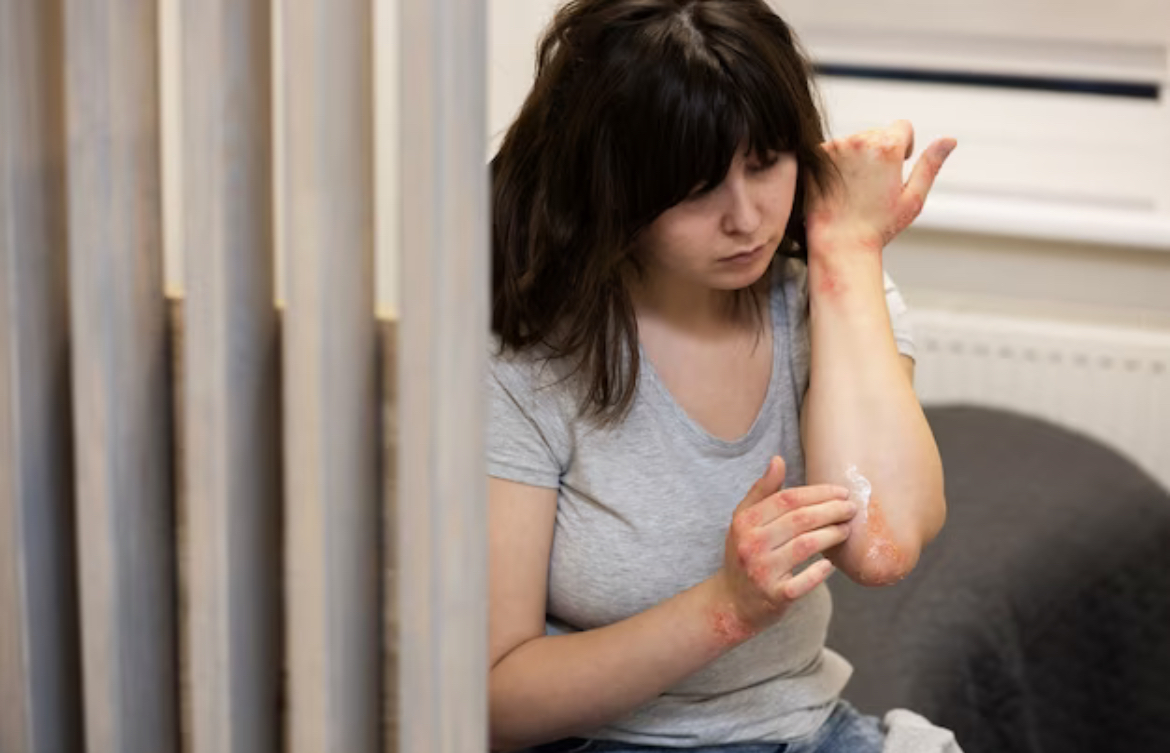
Elevated blood sugar can impede the body's natural healing processes, leading to delayed wound healing. Minor cuts, bruises, or sores that take an unusually long time to heal may be a sign of underlying blood sugar imbalances. High blood sugar levels can impede the healing process by limiting the delivery of oxygen and vital nutrients to the wound.
Despite the fact that the typical indicators of high blood sugar are well known, it's crucial to be aware of any less obvious symptoms. The subtle signs that demand attention include increased hunger and cravings, unexplained weight changes, reoccurring skin conditions, hazy eyesight, and sluggish wound healing. To receive an accurate diagnosis and the best treatment options, it's critical to speak with a healthcare provider if you have any of these symptoms or believe you may have high blood sugar. Individuals can lower their risk of acquiring issues linked to persistent hyperglycemia and maintain appropriate blood sugar levels with the use of early detection and preventative interventions.
© Copyright 2023. All Rights Reserved Powered by Vygr Media.




